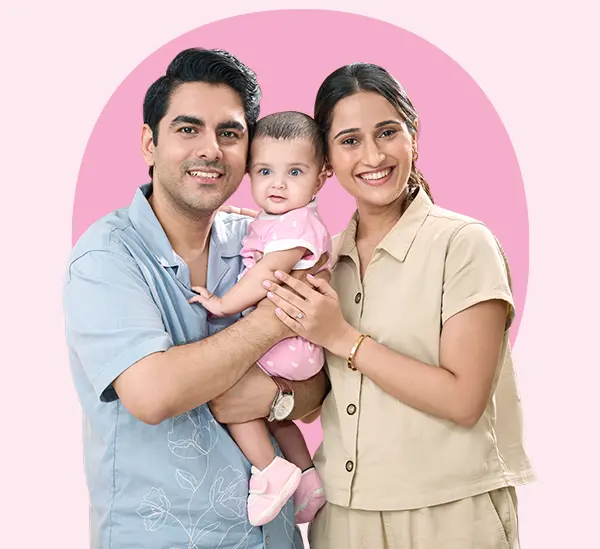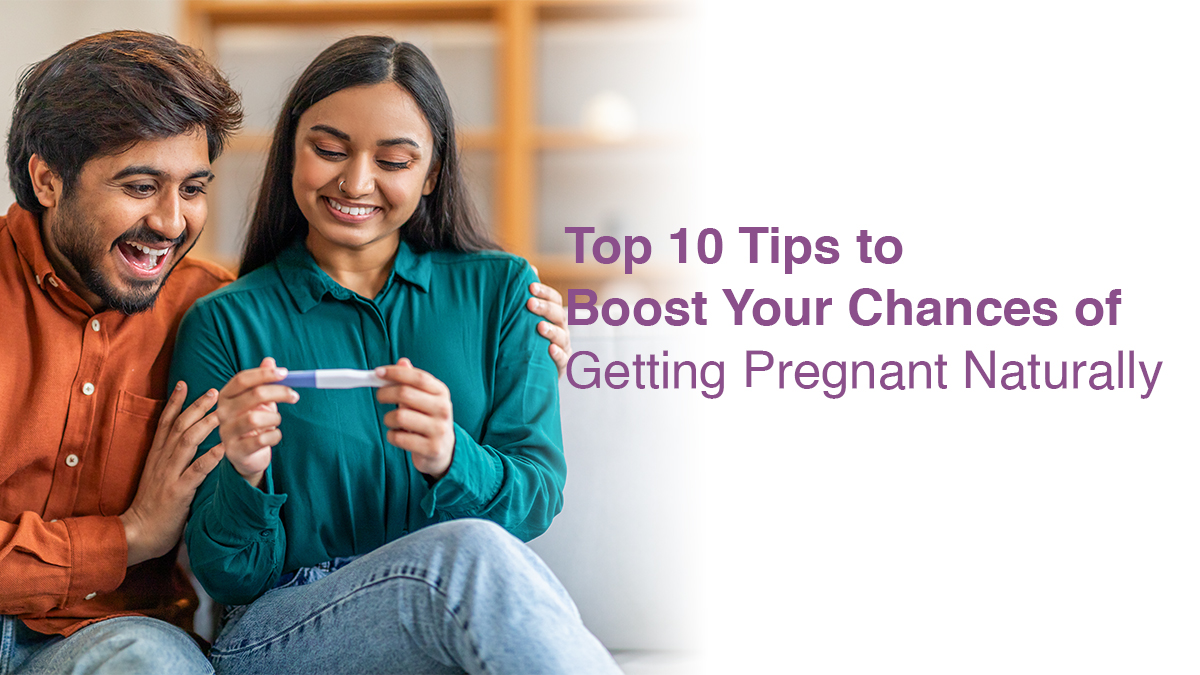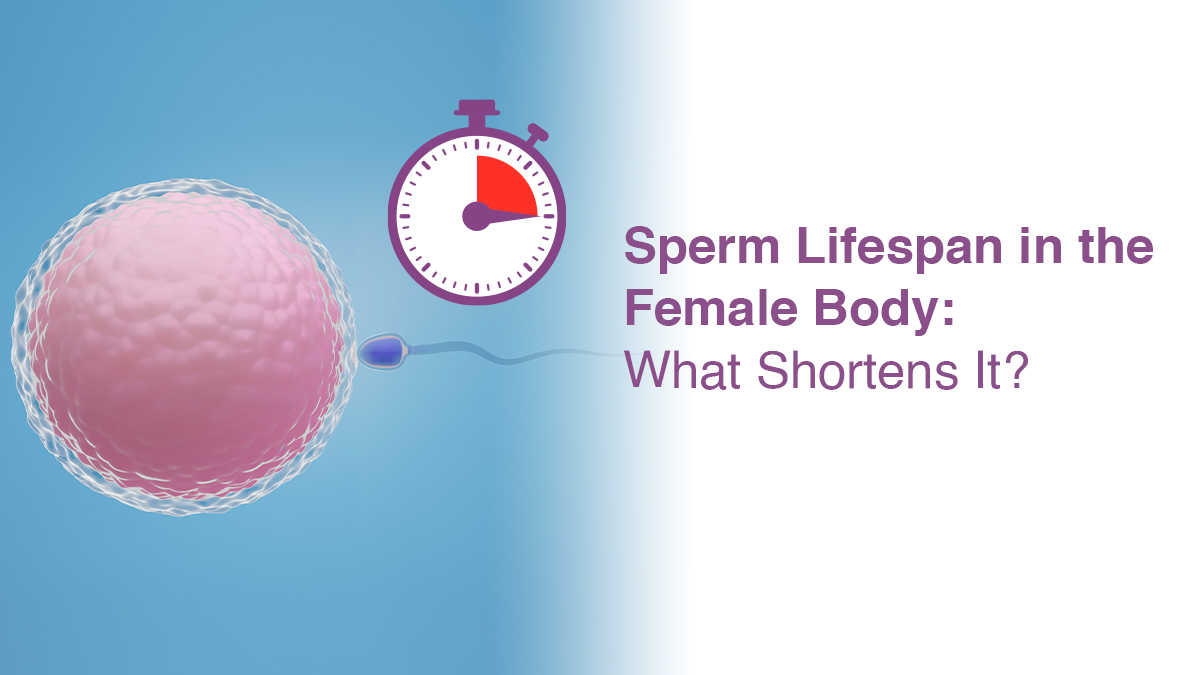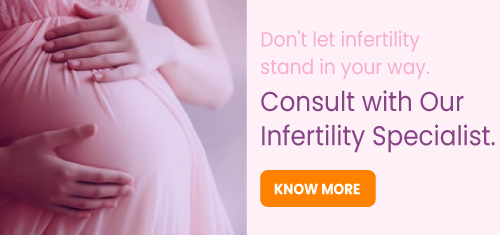
Signs You Are At Most Fertile Point

The time of the month when your menstrual cycle occurs is an important thing you look forward to if you are trying to conceive. The cycle generally lasts between 28 to 32 days, and your body releases an egg after 12 to 16 days. This is when ovulation takes place where your body is preparing for getting pregnant while your menstrual cycle is still on.
The follicle in your ovary releases the egg. This egg then goes down to the fallopian tube to meet a sperm. And when this does not happen, the egg dies and leaves the body along with the uterine wall during your period.
If you are trying to get pregnant, it is important that you know when you are ovulating to increase your chances of pregnancy.
So, how do you know when you are most fertile, or ovulating during that time of the month? Here are four major signs that you can look for.
Cramps
Cramps are a common sign. Everyone experiences them, although at different intensities when they are having their period. Similarly, you might experience cramps during ovulation. While some women experience pain in their pelvic region, others may have it in their lower back.
If you are someone whose lower back pains and it goes down till your upper legs, it might be a sign that your ovulation cramps are stronger.
Although the exact cause of ovulation cramps are not known, a lot of theories suggest that it may be due to the stretching of follicles before it releases the egg. Another theory is that it may be due to the rupture of the follicle while releasing the egg.
When the follicle is ruptured, it releases a fluid which may irritate your abdomen lining, resulting in pain.
Discharge
Your vaginal discharge varies from when you are ovulating, and when you are not. You may notice it to be thicker than usual and also in more quantity. This further results in higher levels of oestrogen in your body. And, when does oestrogen in the body increase? Exactly, when it is preparing the womb for a baby. The discharge returns to normal after a few days.
Sore Breasts
While high levels of oestrogen sound like good news, it has its downsides, and that is your breasts becoming sore. This is something that you might’ve experienced just before or during your period.
The reason behind your sore breasts is the extra oestrogen which causes the milk ducts and glands in your breasts to swell a little leaving them to feel a little tender.
Change in Temperature
This is another inconvenience you may notice while you are ovulating. You may feel slightly hotter. This is all because of your hormones. Progesterone is secreted when the body releases an egg. This might result in your body temperature spiking a little for a few days. If you have been trying to get pregnant, your temperature may be a sign of when you are most fertile.
When Is Any Of These NOT Normal?
While these may all be signs of you being at your most fertile point, they might also lead to other medical issues.
If your cramps are persistent and your pelvis region is paining, it could be a sign of a serious condition. You should consult with your physician.
Endometriosis is another reason for you to experience constant pain. It is a chronic condition that occurs when the tissue that functions as the lining of the womb is found outside of the womb in areas of the body including the ovaries, abdomen, fallopian tubes and the bladder.
Women who have endometriosis often find their periods exhausting.
PCOS is another cause of pelvic pain.
It occurs when the sacs of ovaries are not able to release an egg, which means ovulation does not take place.
Becoming pregnant in these cases is generally impossible as there is no egg released into the fallopian tube ready to be fertilized.
This condition can also lead to an absence of periods hence making it difficult for you to become pregnant.
Inflammatory disease is another condition that can cause pain in the pelvic region, called pelvic inflammatory disease.
The symptoms include fever, lower abdomen, pain or bleeding while intercourse, unusual discharge, pain while urinating and bleeding between periods.
Ovulation pain can be a normal thing. However, if your pain is not severe, but you find it difficult to perform your regular tasks with it, you should consult with your doctor.


fill up the form to get a
Free Consultation
Avail 0% interest on EMI
All Procedures | No Upper Limit
How we reviewed this article:
- Current Version
- May 5, 2020 by ShootOrder





